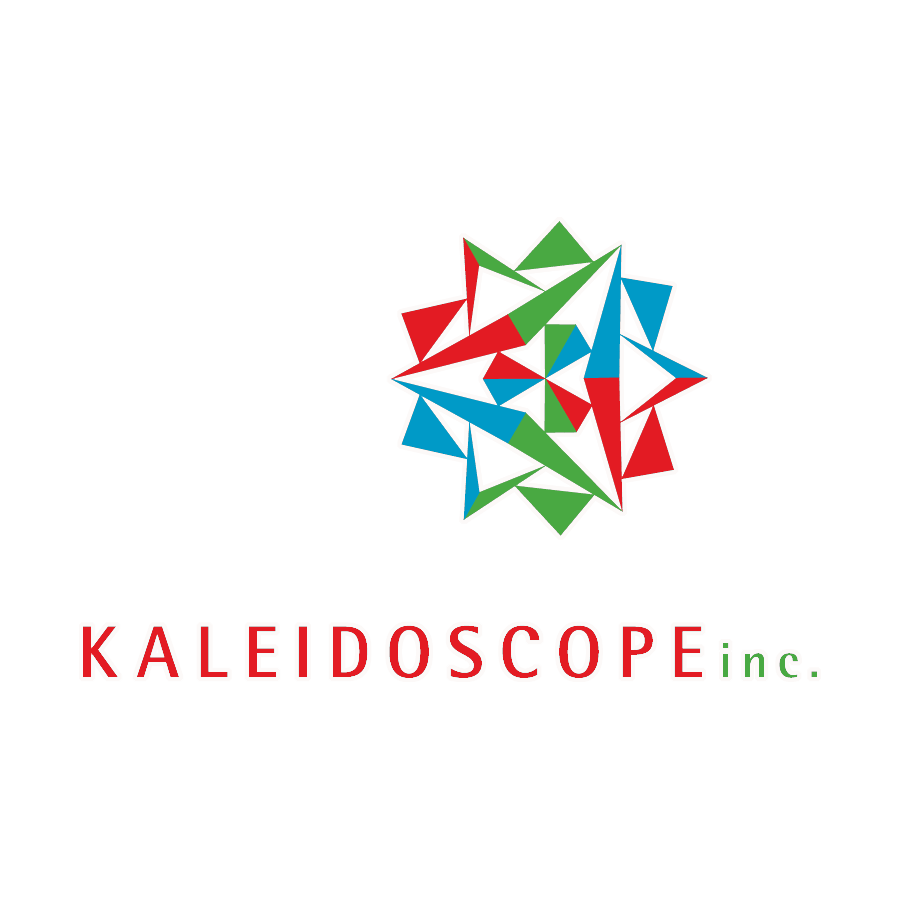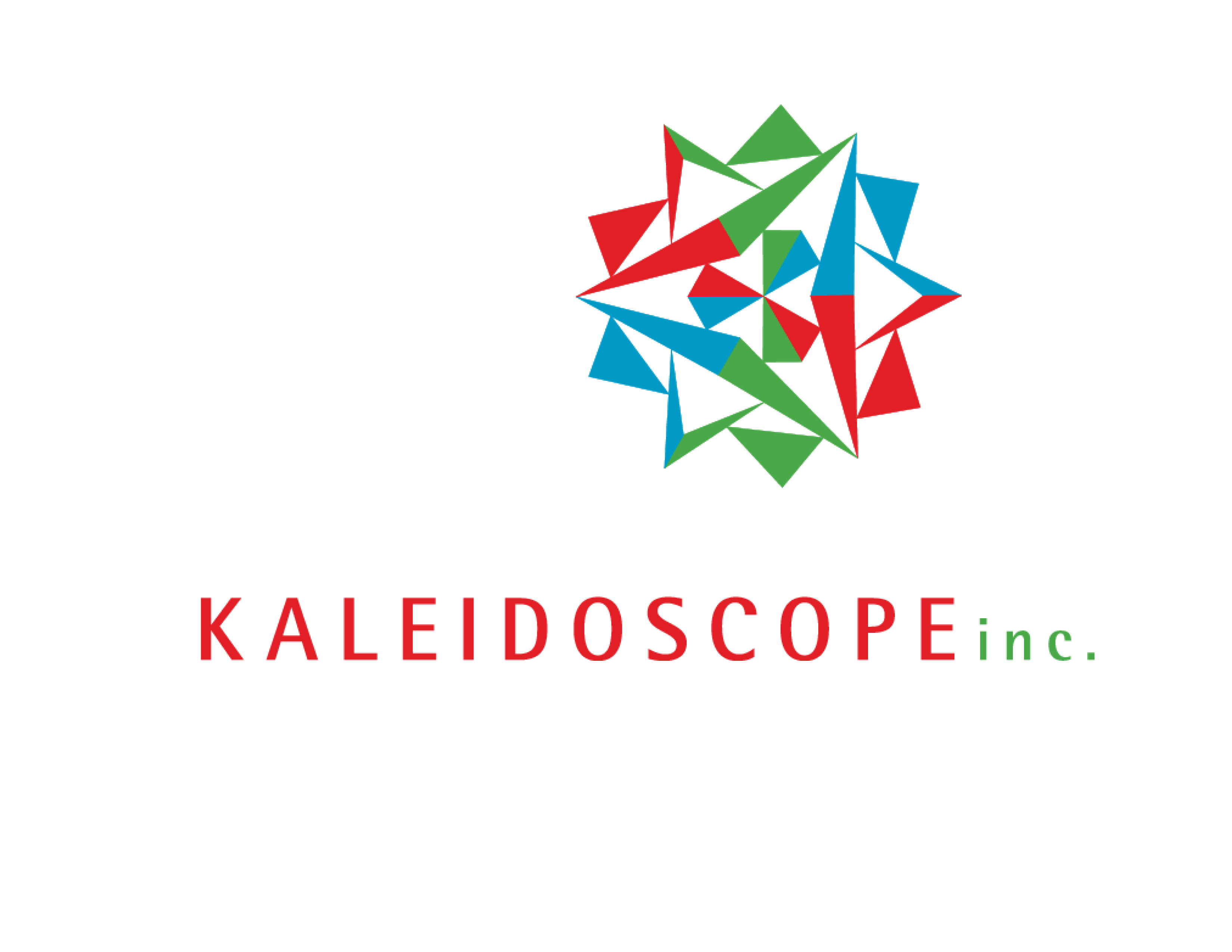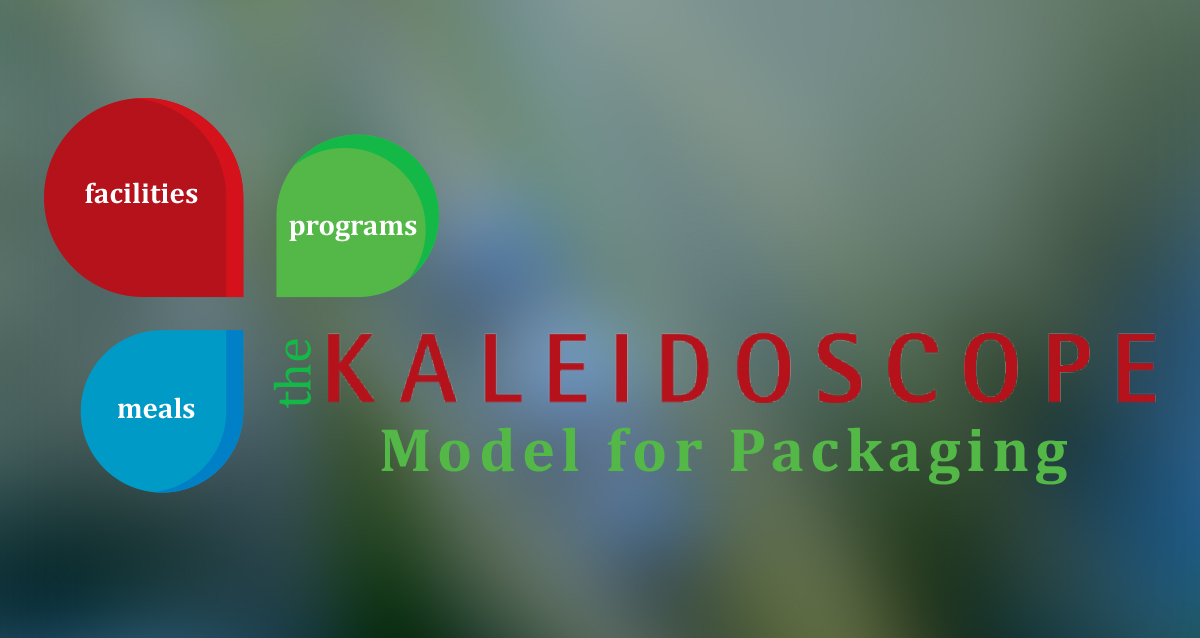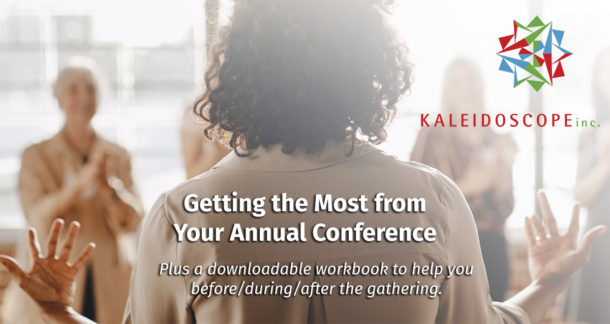We know that you want to maximize the usage of your facilities and staff. It’s not just important to your mission, it’s critical to your bottom line. The problem is that day-retreats aren’t profitable; a-la-carte pricing is complicated; and facility-only rentals lead to inconsistent staffing needs. These options just don’t cut it. They leave your staff feeling worn out and your bottom line lacking.
Most camps were founded as short-term residential retreat experiences for groups. That includes summer camp and overnight group experiences. It does NOT include what we now call day-retreats. Many camps started welcoming day-only participants because they had open space mid-week and this seemed like a good way to fill it. Then, we added kitchens in facilities for those groups that wanted a cheaper option and preferred to cook their own meals. Finally, we gave them a-la-carte pricing options so that they could compare what we offer with competing facilities.
Through all of this, we lost focus on what makes us special and gave away a bunch of our profits. Day retreats, a-la-carte pricing, and facilities with kitchens are just not worth it.
You are responsible for stewardship of the resources you’ve been given – that includes staff time, facilities, and money. In order to steward these things well, we must use and care for the facilities and staff we have and be intentional about creating profit centers that support the organization.
We all set big goals for income from retreats. In order to reach those goals, we need to maximize the three main profit centers from our organization – meals, facilities, and programs.
Let’s Talk About Meals
Meals are a profit center for your organization. If you have a commercial kitchen and/or kitchen staff, you need to treat the meals they produce as a product.
I’m going to make a bold statement here. Beware. I think that if you have facilities on your site that include kitchens for groups to make their own meals, you should take those kitchens out. I warned you. That can be a shocking idea for many leaders.
When you allow groups to make their own meals, you remove the meal profit center. You are not using your resources in a way that helps your organization be sustainable for a long time to come.
An alternative would be to charge more heavily for those spaces. For example, if you make $10 per person per day on meals, you should increase the per person rental rate by the same amount.
Let’s Talk About Facilities
Nearly all camp facilities have dedicated a significant amount of your site’s blueprint to sleeping spaces. When you serve day groups, you leave these spaces unused.
When groups come only for your facilities and don’t take advantage of your meal service and/or program options, you miss a huge opportunity for stronger margins.
Let’s Talk About Programs
This is where it gets fun. You have incredible program options that differentiate you from many of your competitors.
Groups of all ages love these offerings – from fishing to high ropes to campfires and smores!
For budget-conscious groups, this is often one of the first things that gets cut when they are nickel and diming the a-la-carte menu. They think, “we can just hike around the site and bring games for the kids”.
But, when the program costs are automatically included, they will take advantage of the options you offer and have an even better experience.
Let’s Do The Math
First, No more day groups. Just take that option off the table. If you need some quick math to make it clear, check this out.
| Income Center | Price per Person | # of People | Total Cost |
| Day Use – Meeting room only plus one hour of program | $13 | 20 | $260 |
| Cost Centers | Cost per Hour | # of Hours or People | Total Cost |
| Staff – Hospitality and Housekeeping** | $20/hr | 5 | $120 |
| Staff – Program** | $20/hr | 1 | $20 |
| TOTAL COST = $140 | |||
| YOUR PROFIT | TOTAL | IS | $120 |
While this may look profitable for direct costs, consider what is harder to show on a budget – sales and marketing time and expense, back-and-forth communication with the group coordinator, other overhead expenses, etc.
Second, let’s look at what a typical a-la-carte budget might look like for a group of 20, overnight, 2 meals, an hour of swimming with a lifeguard.
A-LA-CARTE BUDGET:
| Income Center | Price per Person | # of People | Total Cost |
| Housing | $45 | 20 | $900 |
| Meal – Lunch* | $12.50 | 20 | $250 |
| Meal – Evening* | $18.00 | 20 | $360 |
| Swimming | $3 | 20 | $60 |
| TOTAL INCOME = $1570 | |||
| Cost Centers | Cost per Hour | # of Hours or People | Total Cost |
| Staff – Kitchen** | $20/hr | 8 | $160 |
| Staff – Hospitality and Housekeeping** | $20/hr | 8 | $160 |
| Staff – Program** | $20/hr | 4 | $80 |
| Food | $21/person | 20 | $420 |
| TOTAL COST = $820 | |||
| YOUR PROFIT | TOTAL | IS | $750 |
**assumes you are paying these people for full time work, so the cost is the same whether they are used or not.
A New Way of Packaging – The Kaleidoscope Model
As we have worked with camps and retreat centers, we have seen leaders twist and mold what they have – trying to fit them into whatever the user claims they need. For a while, it seemed that this trend might be helpful. We saw an increase in numbers of guests on site. Unfortunately, the profits didn’t follow.
That’s why we’ve created The Kaleidoscope Model for packaging. The core belief is that when you use your facilities, people and services to their best abilities, you have a unique offering that sets you apart. It also helps you to maximize your profit centers, so that you can be sustainable financially. It’s a win-win.
The Kaleidoscope Model of packaging includes facility, meals and program costs in a full package cost. While we have eliminated the a-la-carte options for groups, we’ve added program options. This way of packaging is easier to understand for you and the guests, plus WAY more fun, as they get to choose their activities.
It’s easy to justify and sell. You simply understand that you are at your best when you are serving groups that need overnight accommodations, meals, and want to take advantage of your on-site programs. Of course, any group could choose to not partake in any of these things, but they will be charged the same.
Over time, we’ve gotten into a way of thinking that says, “we need to be all things to all people in order to succeed.” It’s just not true. When we can get really specific about what we do, who we serve, and why, we become a powerful, unique option that they can’t find anywhere else.
Plus, you aren’t saying ‘no’ to day only groups, you are just pricing it differently. Of course, it will nearly always force them to say ‘no’. That’s okay. They aren’t the groups that you are best at serving.
Let’s take a look at how The Kaleidoscope Model of packaging is applied to the same group as above, but their package includes 3 meals and a ½ day of programming, even if not fully utilized.
| Income Center | Price per Person | # of People | Total Cost |
| Housing | $45 | 20 | $900 |
| 3 Meal package | $38 | 20 | $760 |
| ½ Day Activity Package | $38 | 20 | $760 |
| TOTAL INCOME = $2420 | |||
| Cost Centers | Cost per Hour | # of Hours | Total Cost |
| Staff – Kitchen | $20/hr | 8 | $160 |
| Staff – Hospitality & Housekeeping | $20/hr | 8 | $160 |
| Staff – Program | $20/hr | 4 | $80 |
| Food | $21/person | 20 | $456 |
| TOTAL COST = $820 | |||
| YOUR PROFIT | TOTAL | IS | $1340 |
What you gain:
- Nearly double your margin
- Busy and happy staff
- Fully served retreat guests who are now raving fans
You’ve used your facilities and staff to their fullest and maximized income. It’s easy to see that this model is better for mission and budget!
How Can We Help?
We’ve used general information and numbers in our examples and we know that you have more layers and factors to consider. Let’s talk about how we can help you apply The Kaleidoscope Model to your operation.



